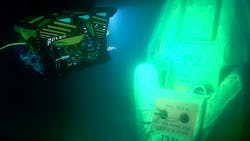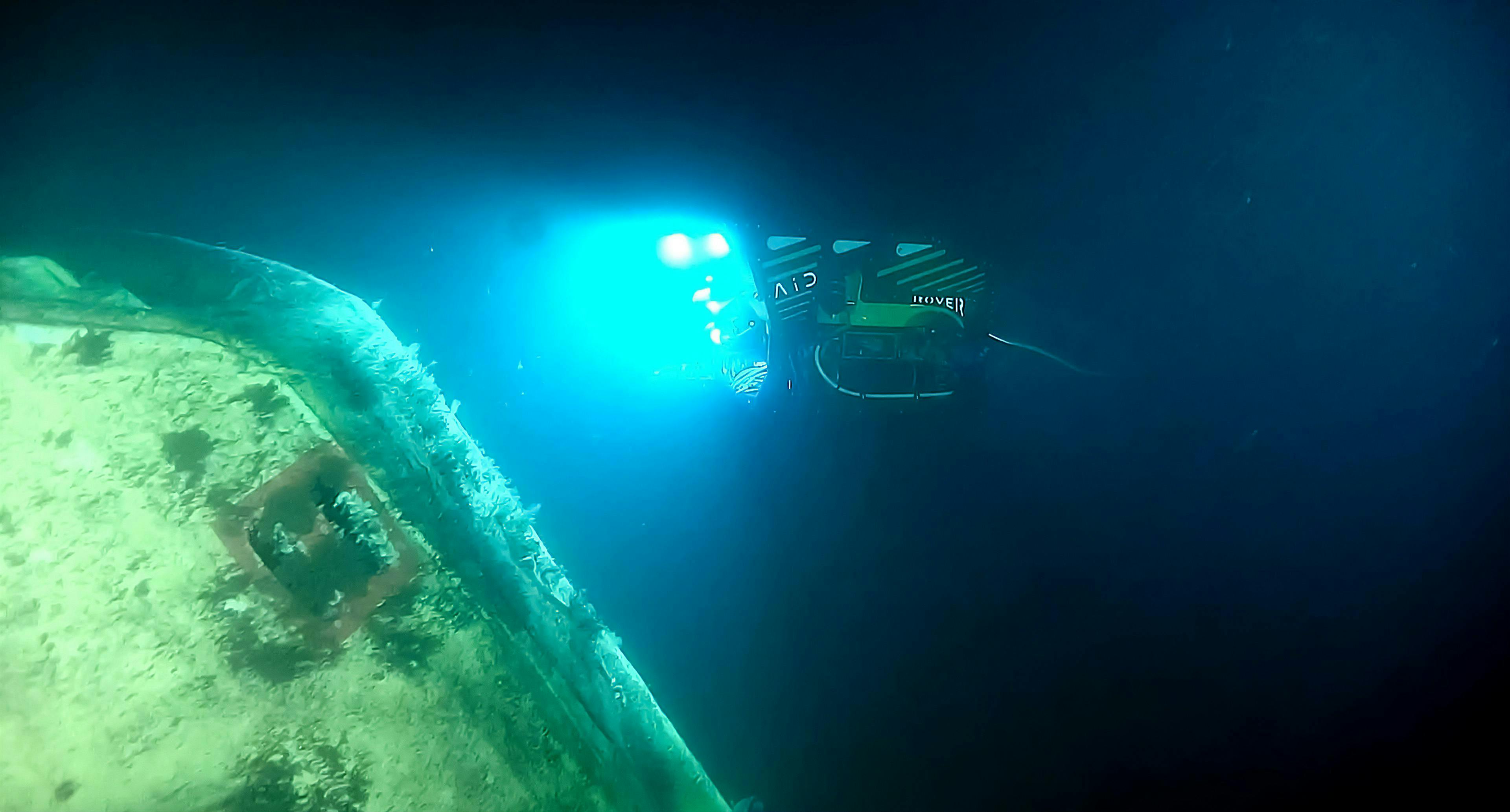Autonomous drone passes initial inspection trials at North Sea Alvheim Field
Offshore staff
OSLO, Norway — DeepOcean and Aker BP have completed subsea trials with an Autonomous Inspection Drone (AID) at the Alvheim Field in the central Norwegian North Sea.
Jarle Marius Solland, operations manager at Aker BP, said, “Our primary purpose was to find out if subsea inspection can be conducted more cost-efficiently and with better and more precise data quality with this new technology and associated methods. The conclusion is definitely ‘yes’.”
AID is a partnership between DeepOcean, Argus Remote Systems and Vaarst. The system has been developed with funding from Aker BP.
During the 10-day subsea campaign, Aker BP and DeepOcean inspected subsea trees and other infrastructure at Alvheim.
“Based on this, we believe we can inspect the specific subsea infrastructure at Alvheim noticeably faster next year,” said Kristoffer Johansen, DeepOcean's technology manager. The company’s inspection staff planned the missions, with the plans then transferred from the digital mission planner by the API (application programming interface) into the AID.
The drone was mobilized on the subsea IMR and ROV support vessel Edda Fauna, replacing the existing observation-class ROV, with mission control supervised locally from the mother ship and remotely from Remota’s remote operations center in Haugesund.
The AID is based on a Rover MK2 ROV from Argus Remote Systems, with upgraded hardware and software.
Argus is responsible for the AID platform and navigation algorithm. DeepOcean manages the digital twin platform, mission planner software and live view of the AID in operation, and Vaarst is responsible for the machine vision camera Subslam 2x for autonomous navigation and data collection.
Captured inspection data are streamed onshore, and the position of the vehicle is continuously streamed back into the digital twin to ensure data quality and to increase situational awareness.
“For this first trial,” Johansen continued, “we experienced more stable flying with the AID, including very stable navigation during inspections. As a result, the collected data used for post-processing of 3D models show extraordinarily high quality.
The AID measures 1.25 x 0.85 x 0.77 m, weighs 320 kg and can operate in water depths down to 3,000 m. It can fly in DP mode with both station keeping and remote control functionalities.
01.16.2024

